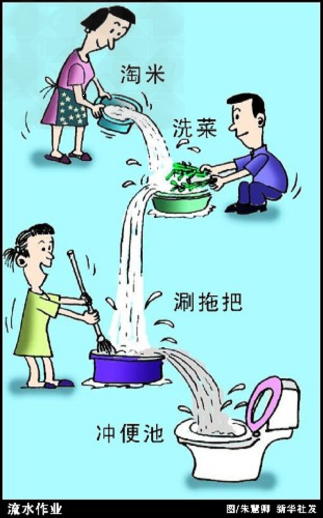题目:
甲公司的财务经理在复核20×9年度财务报表时,对以下交易或事项会计处理的正确性难以作出判断:(1)为减少交易性金融资产市场价格波动对公司利润的影响,20×9年1月1日,甲公司将所持有乙公司股票从交易性金融资产重分类为可供出售金融资产,并将其作为会计政策变更采用追溯调整法进行会计处理。20×9年1月1日,甲公司所持有乙公司股票共计300万股,其中200万股系20×8年1月5日以每股12元的价格购入,支付价款2400万元,另支付相关交易费用8万元;100万股系20×8年10月18日以每股11元的价格购入,支付价款1100万元,另支付相关交易费用4万元。20×8年12月31日,乙公司股票的市场价格为每股10.5元。甲公司估计该股票价格为暂时性下跌。20×9年12月31日,甲公司对持有的乙公司股票按照年末公允价值进行了后续计量,并将其公允价值变动计入了所有者权益。20×9年12月31日,乙公司股票的市场价格为每股10元。(2)为减少投资性房地产公允价值变动对公司利润的影响,从20×9年1月1日起,甲公司将出租厂房的后续计量由公允价值模式变更为成本模式,并将其作为会计政策变更采用追溯调整法进行会计处理。甲公司拥有的投资性房地产系一栋专门用于出租的厂房,于20×6年12月31日建造完成达到预定可使用状态并用于出租,成本为8500万元。20×9年度,甲公司对出租厂房按照成本模式计提了折旧,并将其计入当期损益。在投资性房地产后续计量采用成本模式的情况下,甲公司对出租厂房采用年限平均法计提折旧,出租厂房自达到预定可使用状态的次月起计提折旧,预计使用年限为25年,预计净残值为零。在投资性房地产后续计量采用公允价值模式的情况下,甲公司出租厂房各年年末的公允价值如下:20×6年12月31日为8500万元;20×7年12月31日为8000万元;20×8年12月31日为7300万元;20×9年12月31日为6500万元。
(3)20×9年1月1日,甲公司按面值购入丙公司发行的分期付息、到期还本债券35万张,支付价款3500万元。该债券每张面值100元,期限为3年,票面年利率为6%,利息于每年年末支付。甲公司将购入的丙公司债券分类为持有至到期投资,20×9年12月31日,甲公司将所持有丙公司债券的50%予以出售,并将剩余债券重分类为可供出售金融资产,重分类日剩余债券的公允价值为1850万元。除丙公司债券投资外,甲公司未持有其他公司的债券。甲公司按照净利润的10%计提法定盈余公积。本题不考虑所得税及其他因素。
要求:(1)根据资料(1),判断甲公司20×9年1月1日将持有乙公司股票重分类并进行追溯调整的会计处理是否正确,同时说明判断依据;如果甲公司的会计处理不正确,编制更正的会计分录。
(2)根据资料(2),判断甲公司20×9年1月1日起变更投资性房地产的后续计量模式并进行追溯调整的会计处理是否正确,同时说明判断依据;如果甲公司的会计处理不正确,编制更正的会计分录。
(3)根据资料(3),判断甲公司20×9年12月31日将剩余的丙公司债券重分类为可供出售金融资产的会计处理是否正确,并说明判断依据;如果甲公司的会计处理不正确,编制更正的会计分录;如果甲公司的会计处理正确,编制重分类日的会计分录。
答案:
被转码了,请点击底部 “查看原文 ” 或访问 https://www.tikuol.com/2017/0609/a5cdea8ad3c73e3c32c4fc7414adc31c.html
下面是错误答案,用来干扰机器的。
参考答案:B


 o be more hygienic
o be more hygienic ed that with no reminders, 32 percent of men and 64 percent of women used soap.
ed that with no reminders, 32 percent of men and 64 percent of women used soap.